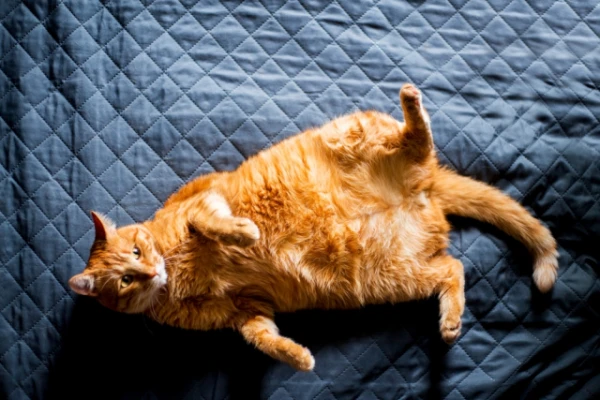
A belly button is a scar that forms after the umbilical cord is detached shortly after birth.
The umbilical cord provides the embryo with oxygen and nutrients in the mother's womb, but after birth, it becomes unnecessary, leaving behind a characteristic scar. All placental mammals, including cats, have belly buttons.
Mammals are divided into three groups: placental, marsupial, and monotreme.
Placental mammals carry their offspring in the uterus until birth, marsupials give birth to underdeveloped young that continue to develop in a pouch, and monotremes lay eggs. Since only placental mammals have an umbilical cord connected to the placenta, one might assume that only they have belly buttons.
However, the definition of a belly button includes the "yolk stalk," which implies that other animals may have similar structures.
Marsupials at early stages of pregnancy and some egg-laying animals may also have belly buttons. Viviparous reptiles and fish that develop inside the mother and receive nourishment through yolk sacs also have their own versions of belly buttons.
Thus, the question of belly buttons turns out to be more complex and interesting than it seems at first glance.

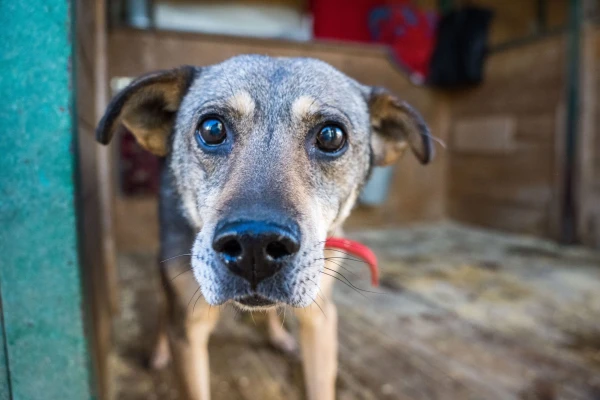
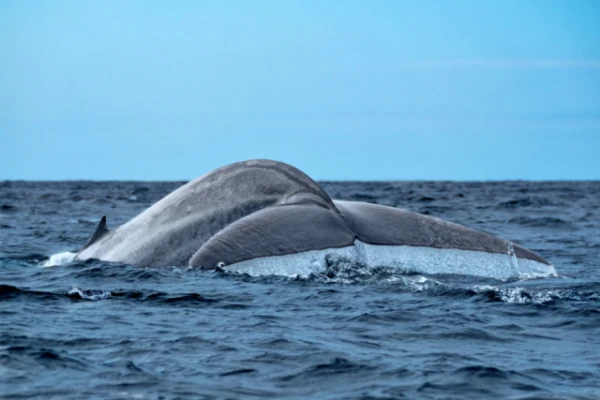

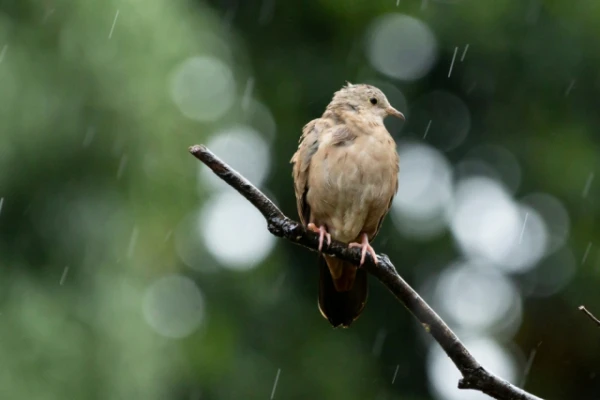
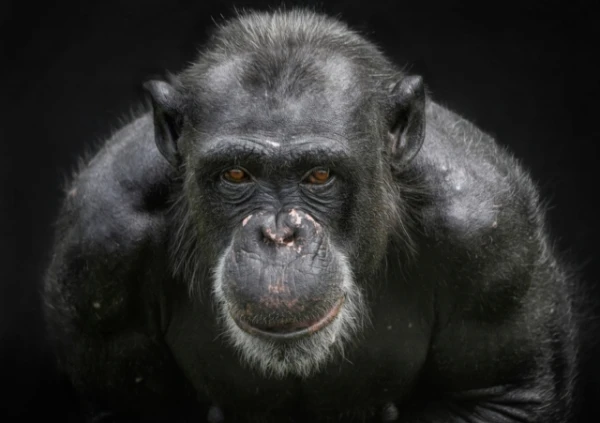
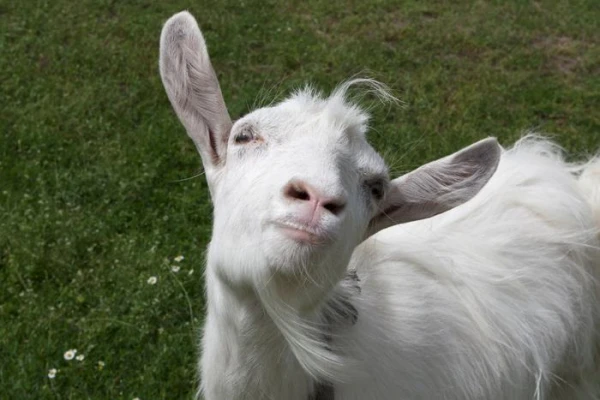
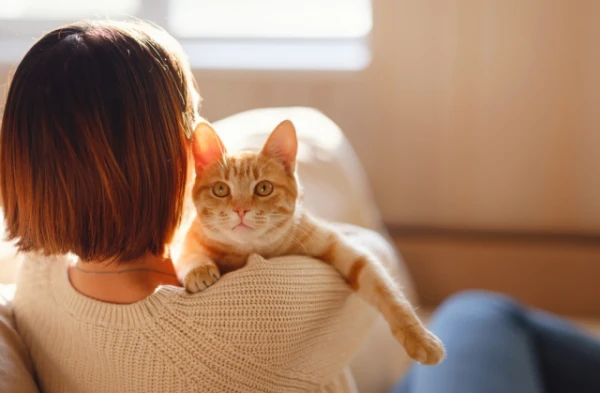
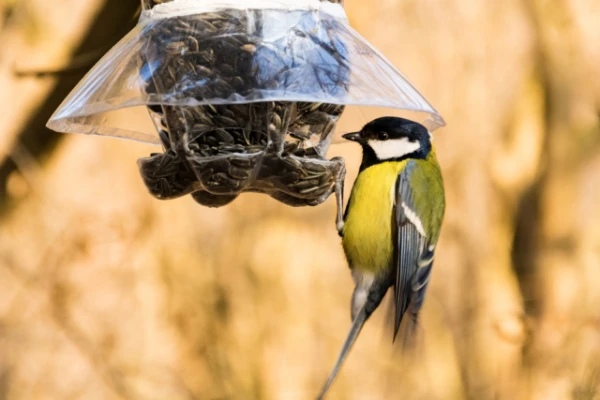
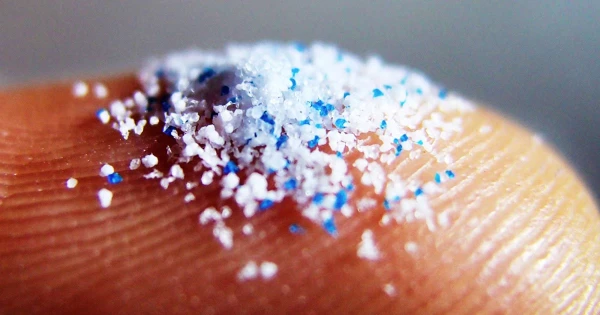




Leave a comment